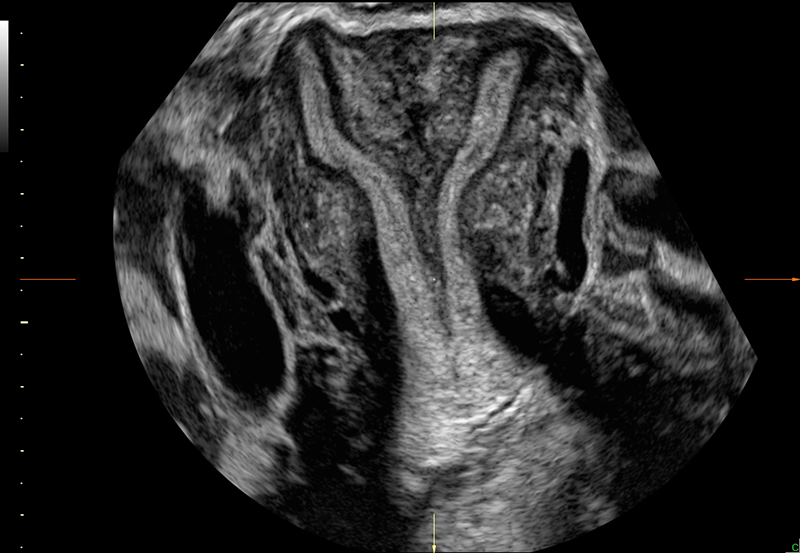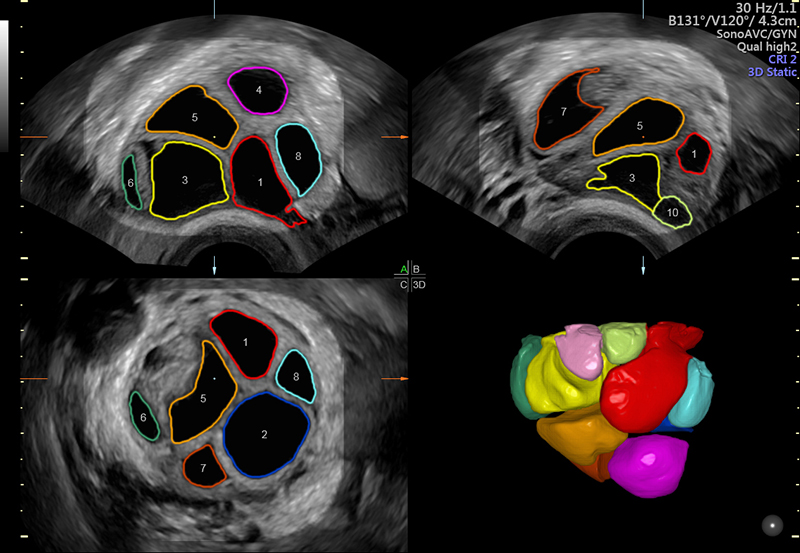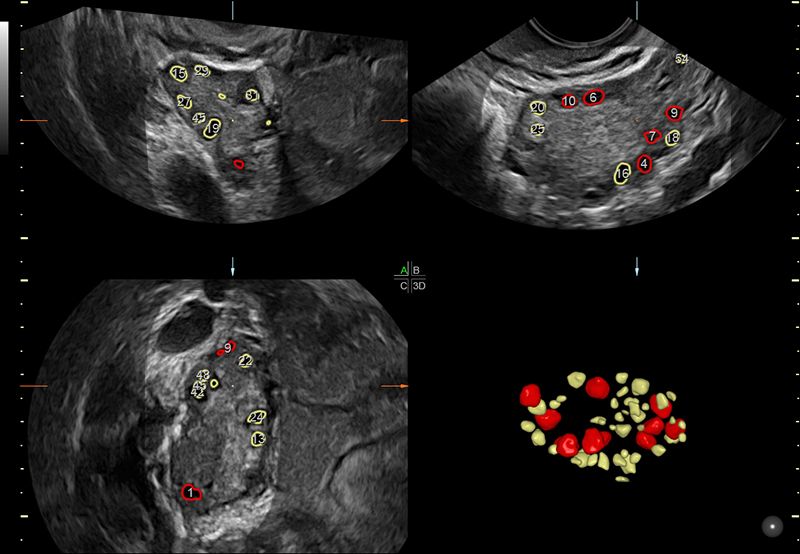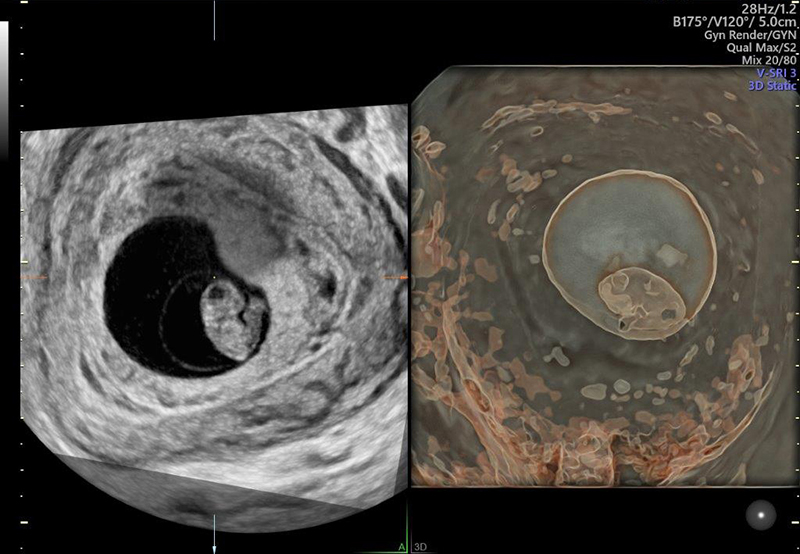
Ultrasound's Role in Infertility & Reproductive Technology
Transforming Reproductive Medicine

GE Healthcare's Clinical Lead, Reproductive Medicine, talks about innovative tools that could turn your patient’s dream of a successful pregnancy into reality.

An estimated one in four couples worldwide is affected by infertility.¹
You can add up the numbers, but there’s no way to measure the impact.
Your patients urgently need answers to move forward with their family planning.
GE Healthcare’s Clinical Lead, Reproductive Medicine, Fiona Schwab, talks about how ultrasound innovation tools can help turn your patient’s dream of a successful pregnancy into a reality.
Q: What role does ultrasound play in Assisted Reproductive Technology?
A: GE Healthcare’s Voluson™ ultrasound systems are involved in the entire patient’s reproductive journey. The advanced ultrasound tools are used for early diagnosis of potential challenges and evaluating possible causes of infertility in the uterus, ovaries and fallopian tubes. Voluson ultrasound technology also plays a key role in monitoring stimulated follicles, egg retrieval, embryo transfer, and ensuring a healthy pregnancy.
Q: What are the benefits of Voluson in reproductive medicine?
A: Voluson systems provide the critical information reproductive specialists need for assessment, IVF and early pregnancy. For example, during the ‘assessment’ phase, Voluson’s advanced 3D technology allows for visualization of the coronal plane helping to locate possible pathologies and evaluate the shape of the uterus. Using SonoAVC™ antral, the physician can assess the antral follicle count efficiently to estimate ovarian reserve. During the IVF stage, SonoAVC™follicle enhances the efficiency and reproducibility of follicular volume measurements to effectively monitor stimulation and determine the optimal time point for oocyte retrieval. And Voluson’s high quality 2D imaging is critical in performing egg retrievals and embryo transfers. Once the embryo has been transferred, Voluson imaging is used to assess whether a viable pregnancy can be seen.

Septate Uterus

SonoAVCfollicle helps drive efficient workflow
Q: Are most physicians aware of Voluson’s capabilities and what the technology could mean for patients who want to have a baby?
A: Reproductive specialists know how to use ultrasound, but may not be aware of its full potential in the context of reproductive medicine. Many physicians are familiar with our SonoAVC™ technology that is used to measure follicular volumes, but GE offers so much more beyond this tool to help physicians throughout multiple stages of the IVF process.
Q: Timing is so important when it comes to fertility issues, how does Voluson help reproductive specialists and patients make critical decisions, faster?
A: With advanced tools dedicated to the entire patient's journey, Voluson empowers physicians to make more confident and timely diagnoses and treatment plans tailored for each individual patient.

SonoAVCantral

Voluson HDlive™ Silhouette of an early intrauterine pregnancy
Q: How is GE Healthcare working with physicians and pharmaceuticals to make advancements in assisted reproductive technology?
A: We listen to physicians and work to translate their needs into imaging features that can help enable them to deliver their patients’ dreams to have of a successful pregnancy. We collaborate with physicians by going on site visits to better understand their needs, convene focus groups, attend congresses and support research initiatives.
It is also important to us to understand how we, as GEHC, can offer the best solutions to physicians and patients in reproductive medicine—by not just considering those steps involving ultrasound, but to consider the whole IVF process. We partner with other important players in the field who offer important input and support to clinicians and patients in the IVF process, so that we can help prospective parents achieve a successful pregnancy.
-
A Voluson 3D transvaginal ultrasound offers real advantages when screening for infertility symptoms. Learn how Dr. Hanson manages fertility testing and sign up to Stay Informed. Understanding infertility symptoms before the disease.
-
Learn more about how Voluson ultrasound systems continually push the boundaries of Reproductive Medicine imaging to give you simple, yet innovative tools to help you and your patients achieve their dream of a successful pregnancy.
-
Using pelvic ultrasound to screen the female reproductive organs for structural causes of infertility is one of the best first steps when beginning an infertility assessment. Voluson 2D and 3D ultrasound is used to assess uterine shape, size and provides views that allow you to assess for normal anatomy or pathology. Learn more about how Voluson can help enhance communication with your patients. What is infertility? What patients want to know.


